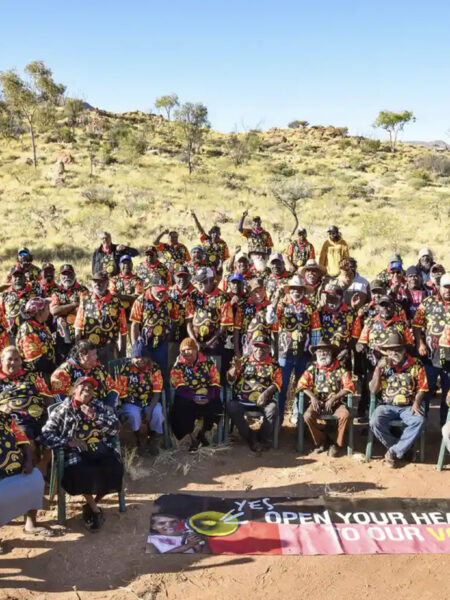The coming together of so many groups in response to this outrageous act of destruction as well as the outcry from the wider Australian community gives me heart, as Aboriginal peoples’ right to manage their own cultural heritage has been denied for so long. And the daily destruction is a shameful perpetuation of colonialism – the significant damage to Aboriginal culture and knowledge of such destruction is clear. Country and sites hold the knowledge, so losing them is a serious loss for Aboriginal people as well as for the all of the community. This is the heritage of our country and non-Indigenous people should be equally concerned about its loss.
Article 31 of the UN Declaration on the Rights of Indigenous Peoples clearly states ‘Indigenous peoples have the right to maintain, control, protect and develop their cultural heritage…’. This of course aligns with their right to ‘lands, territories and resources’ (Article 26), and right ‘to maintain and strengthen their distinctive spiritual relationship with their traditionally owned or otherwise occupied lands, territories, waters and coastal seas…’(Article 25).
While a lot of attention has rightly focussed on the outdated cultural heritage legislation in Western Australia that meant Rio Tinto’s actions were legal, in NSW the legislation is almost as old, and in fact NSW is the only state without stand-alone Aboriginal cultural heritage legislation. ‘Protection’ of Aboriginal heritage in NSW remains part of the National Parks and Wildlife Act 1974 – a hangover from the days when Aboriginal people were seen as just part of the flora and fauna. In fact this legislation does little to protect – rather it simply regulates heritage destruction. When State legislation fails to protect important sites, Aboriginal people can appeal to the Commonwealth, but such appeals rarely succeed.
Right now, Gomeroi Traditional Custodians are challenging whether Sussan Ley, Commonwealth Environment Minister, had the power under the Aboriginal and Torres Strait Islander Heritage Protection Act 1984, when she made her July 2019 decision to allow the destruction of Gomeroi heritage by enabling mining and energy company Shenua to build the Watermark coal mine near Gunnedah.
According to the Environmental Defenders Office, “[t]he Minister made this decision despite acknowledging the ‘immeasurable’ cultural value of the sacred places and objects under direct threat of destruction or desecration”. Clearly she put coal-led economic development ahead of such immeasurable value. This has provoked Parliamentarians across the major parties in NSW to formally call upon the Premier to ensure no destruction of cultural artefacts as a result of this mine development occurs. It remains to be seen what will happen.
Read more in Janet’s paper ‘CULTURAL VANDALISM: REGULATED DESTRUCTION OF ABORIGINAL CULTURAL HERITAGE IN NEW SOUTH WALES’.
Visit the Gomeroi Traditional Custodians facebook page setup to share the progress of the sec 10 Atsihp application challenge and defence of Country battle.




